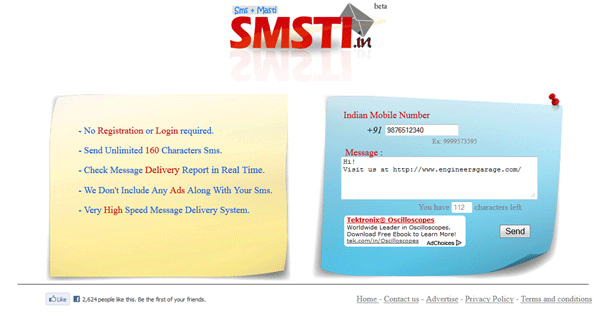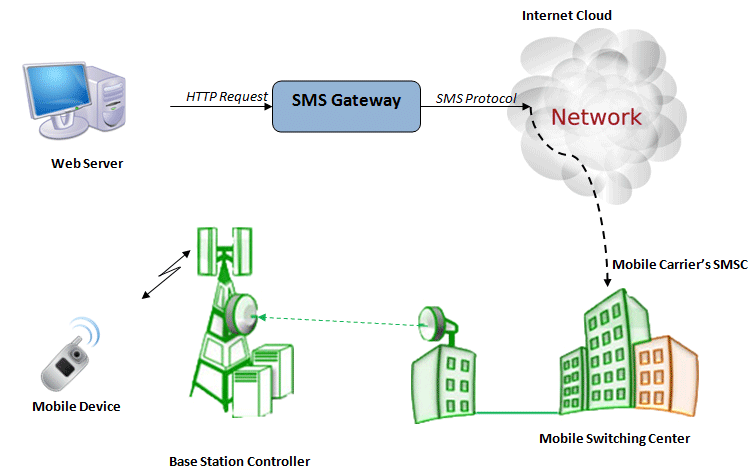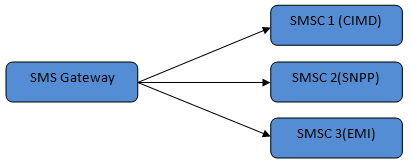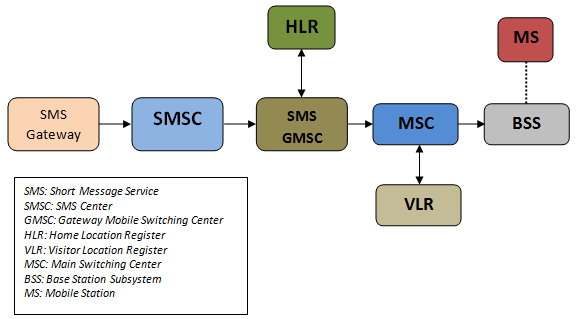Since the invention of the Internet, a new era of convergence of technologies has ushered, bringing close distant technologies which could not have been thought to be related at all. Sure, we can send a mail from our GPRS activated cellular device, but is the reverse true? Can we send a text message from the Internet? The answer is yes and we all have used free online SMS sending websites either on a regular basis or just for testing if it works or is merely faking. The best and the most attractive part is the word ‘free’ and sometimes, ‘unlimited’ too. But have you ever wondered how this is made possible? We’re going to cruise along the path an online SMS would follow in the whole process in the next few pages.






Filed Under: How to


Questions related to this article?
👉Ask and discuss on Electro-Tech-Online.com and EDAboard.com forums.
Tell Us What You Think!!
You must be logged in to post a comment.